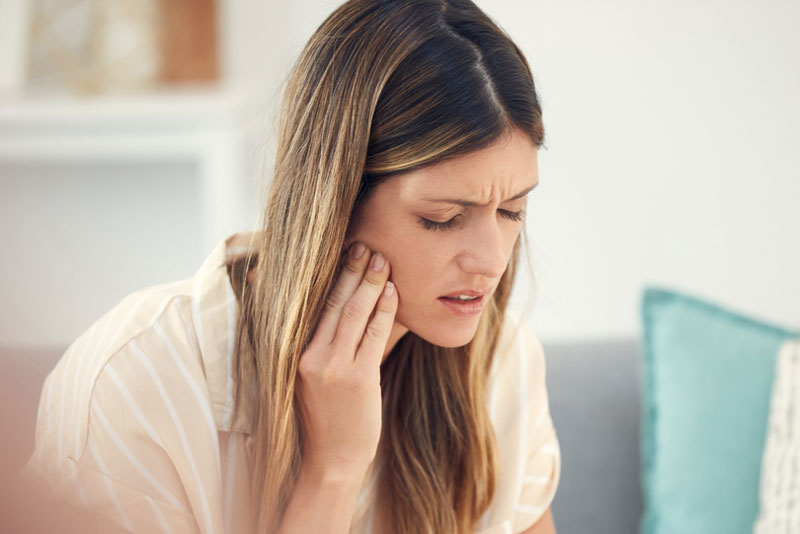Have you ever wondered how you would cope during a dental emergency in Oshawa? The first thing to do is not to panic! Read on to discover what to do and how we will help you.
When to Call for Emergency Dental Care?
Several situations require urgent dental care, including:
- Severe toothache.
- Signs of a tooth infection, especially if the infection is causing facial swelling, a fever or a general sense of being unwell.
- Knocked out tooth.
- Cracked or broken tooth.
- Injury to the soft tissues in your mouth, like your cheeks or lips.
It’s especially important to seek urgent dental care in Whitby if you have severe dental pain or if a dental injury is causing severe bleeding that fails to stop within 20 minutes or so.
Step One: Contact Margolian Dentistry
Contact us over the phone for immediate help and advice. We know dental emergencies often occur at inconvenient times and have a special phone number for outside of practice hours. Alternatively, you can email us for help.
When you contact us, our friendly dental team will ask about your symptoms to assess the situation’s urgency. We can provide practical advice over the phone on looking after your mouth until you can come and see us.
Our dentists try to see people in pain or discomfort on the same day. If you can’t come to see us or are away from home and have severe dental pain or bleeding, you may need to go to the nearest ER.
Step Two: Coping with Dental Pain and Discomfort at Home
Dental pain is a sign of something wrong, so you must see a dentist. However, you can take steps to relieve the pain at home until your appointment.
- Gently floss around the painful tooth. Sometimes food debris can become wedged between teeth, pushing them out of place and causing discomfort.
- After flossing, rinse your mouth with warm water to remove any debris.
- Take over-the-counter painkillers, following the directions on the packaging. Please don’t put painkillers directly on the gum nearest the tooth; this will do nothing to relieve the pain and could burn your gum tissue.
- If you have facial swelling, use a cold compress outside your cheek. You can hold it in place for 20 minutes on and 20 minutes off to help relieve facial swelling and pain.
Step Three: Your Emergency Dental Appointment
When you visit our dentist, they will examine your mouth gently and may take digital dental X-rays to assess any signs of infection or other problems more closely. We can provide immediate treatment to help relieve pain and discomfort. However, you will almost certainly need to return for further dental care.
The treatment required for your dental emergency will depend on the problem. Some common treatments for dental emergencies are outlined below.
- Root canal therapy is used to relieve the pain of an infected tooth. Treatment can save a severely infected tooth, but usually requires several visits to restore the tooth fully.
- A dental abscess may require draining to relieve the infection, but it may need to be extracted to clear up the infection properly.
- A knocked-out tooth can sometimes be replaced, provided you visit us within half an hour to an hour of the accident. Store the tooth in saliva or a little milk and bring it to your appointment. We can discuss suitable replacement methods if we cannot reinsert the tooth.
- Broken or chipped teeth can be repaired with dental bonding or protected with a dental crown if the damage is more severe.


